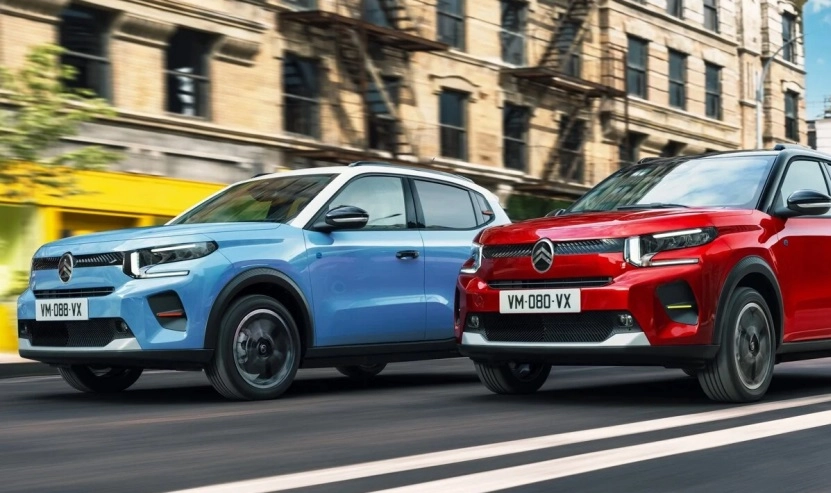On February 8th, associations and organizations linked to the electromobility sector launched a public call directed at the government of Slovakia.
Specifically, the document demands that state authorities take legislative actions to incentivize the development of the electric vehicle industry.
At the core of the statement, the signatories urge the Government of the Republic to “support car manufacturers and those purchasing zero-emission vehicles, as part of efforts to develop electromobility in Slovakia.”
The fact remains that the country lags behind the regional average in terms of sales of these types of vehicles. While in Europe the market share averaged 14 per cent, in Slovakia it barely reached three per cent.
Read more: SEVA: “The Slovak government’s support for the purchase of EVs needs to be more robust”
Among the signatories are Patrik Krizansky from the Slovak Electromobility Association (SEVA), Alexander Matusek from the Association of the Automotive Industry of the Slovak Republic (ZAP SR), and Alexej Beljajev from the Industrial and Transport Associations (APZD).
Delegates from the Slovak-German, Slovak-French, and Slovak-Austrian Chambers of Commerce are also included.
On the other hand, the text indicates that an ideal opportunity would be the accelerated implementation of programs that have already been approved by the government itself in the Action Plan for the Development of Electromobility, modified in mid-2023.
Initially, this was a direct subsidy program launched in 2019 with an initial budget of six million euros.
However, since the program ended in 2020 up until the renewal, Slovakia didn’t have any direct subsidies for the purchase of EVs
Specifically, the document sets objectives to reduce the proportion of emissions in transport, prepare the automotive industry for transformation, speed up the evolution of alternative propulsion units in transport, and promote electromobility.
Additionally, the legislation includes a series of measures divided into three categories: financial, legislative, and supportive.
In the same vein, local authorities allocated 50 million euros destined to boost the development of charging infrastructure.
According to the official SEVA page, there are currently a total of 1,800 charging stations distributed throughout the national territory.
The goal is to expand public charging points with at least 3,000 new units by the end of 2026.

Nevertheless, the clock is ticking, and the nation risks not utilizing 300 million euros from the funds allocated to EU member states through the Recovery and Resilience Plan.
“The news about the possible loss of the amount originally intended to support the decarbonization of the industry in the steelworks of Košice concerns us greatly,” said Patrik Krizansky.
There is no doubt that the Slovak sector has potential, as it is currently the third-largest automobile producer in Europe, behind Germany and France, according to the International Trade Administration.
Today, the country has around 10,000 registrations of zero-emission vehicles, and SEVA projects to accelerate the registration growth rate to ten per cent by 2025 and up to 39 per cent by 2030.
Read more: eMobility Transition in Slovakia: What is the situation for automotive industry workers?
The text acknowledges that “similar schemes have already been pre-approved by the European Commission under recently issued guidelines and can be implemented as they did, for example, in Germany, Austria, and the Czech Republic.”
However, the signatories warn that support must be provided for the construction of non-public charging infrastructure, where up to 80 per cent of all electric vehicle charging takes place.
These locations include administrative buildings, garages, depots, and logistics centres.







